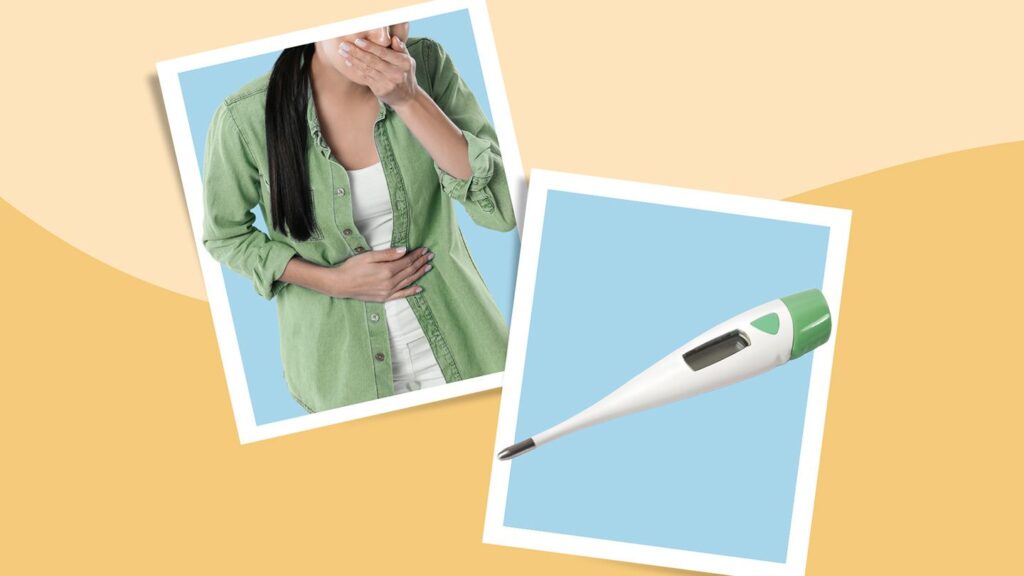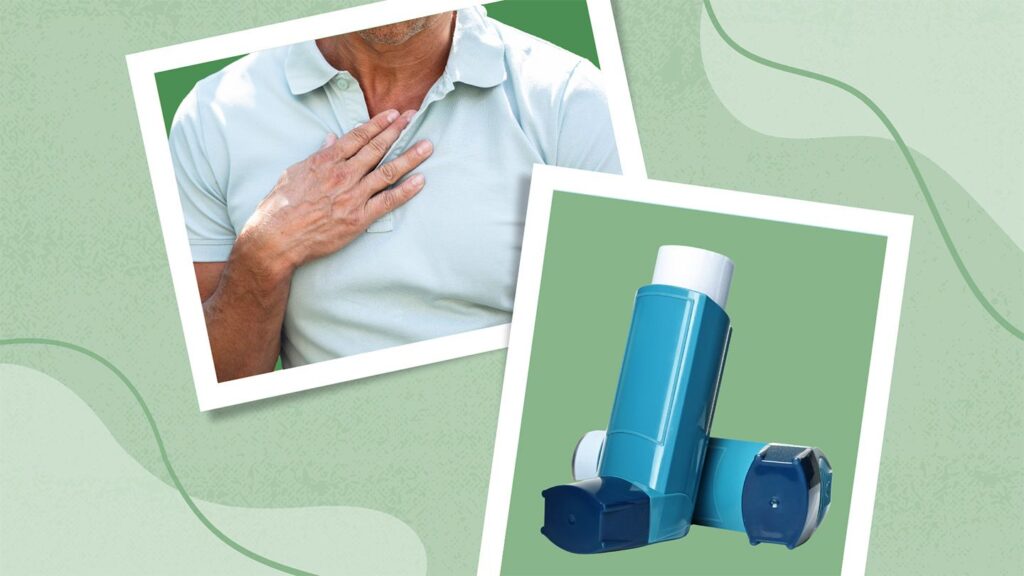First, if you have a rash with the description above, see a dermatologist for an evaluation and possible diagnosis. “Prurigo pigmentosa is frequently misdiagnosed. It’s often mistaken for other conditions, like eczema, contact dermatitis, or others,” says Dr. Chu. The downside of this is that keto rash won’t respond to topical steroids, which may be recommended for other skin conditions, he says. It’s important to tell your provider about new lifestyle changes, including to your diet.
Typically, antibiotics are given orally. But you may be able to use topical antibiotics if there is a reason you can’t or would like to avoid taking oral antibiotics, says Maher. Always discuss the best option for you with your provider.
Whether you can stop the keto diet depends on why you’re following it in the first place. For example, if you’re on the keto diet voluntarily, the keto diet might not be right for you.
But if you’re following the keto diet to treat a specific medical condition and your healthcare provider recommends remaining on it, you don’t necessarily have to stop just because you get this rash, adds Maher. “The rash is not a harmful condition,” he says.



